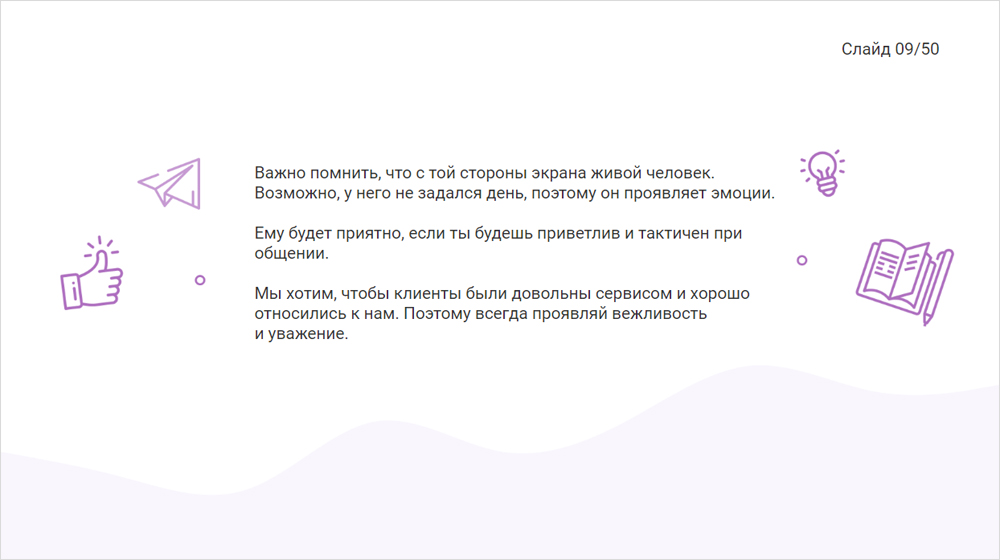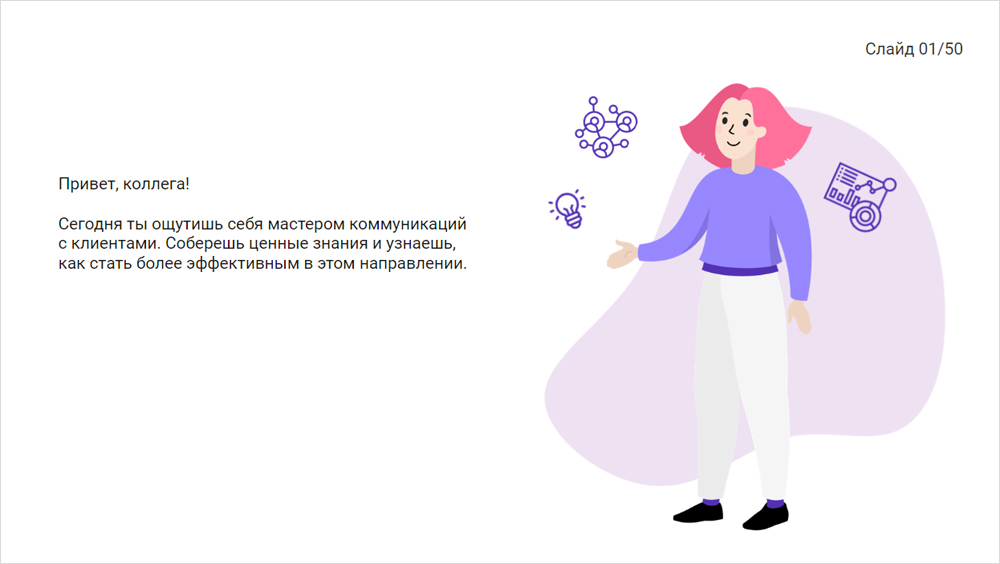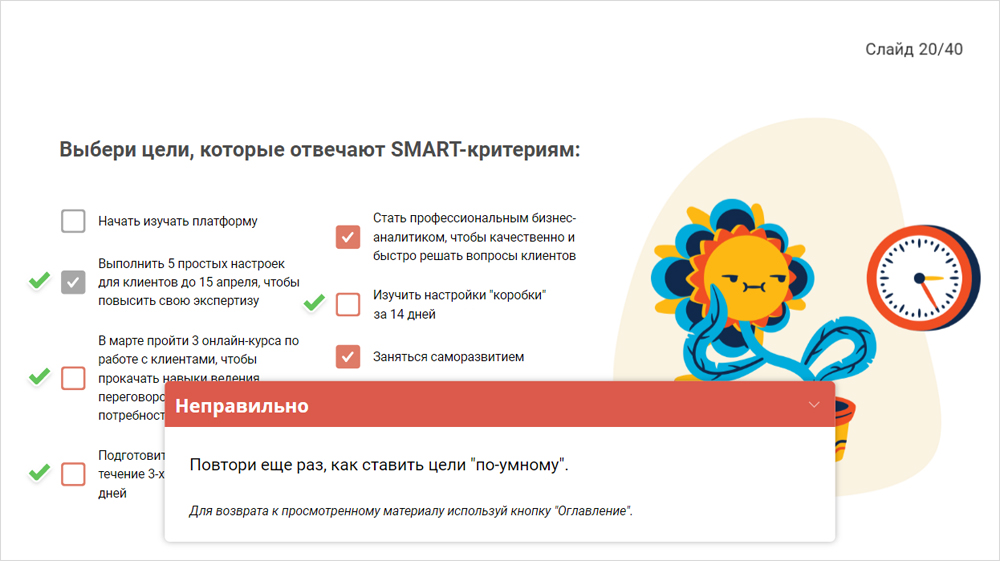
Hello, Habr! We are cloud IT service team analysts. Our clients are businessmen who use a service desk solution. We communicate a lot with them and solve their problems, make articles and webinars about the product and are engaged in its development.
Finding an employee who can handle all of these tasks is not easy. When the number of clients began to grow, they realized that new hands were essential. However, the search dragged on: there were no necessary candidates on the market. We decided to invite trainees and teach everything ourselves. And now - four students are coming to us! How to bring everyone into operation at once? The solution is to create courses for interns in a month. The task seemed almost impossible, but we did it! And now we are sharing our experience with you.
It used to take 30 hours a month to mentor
At first, the mentor spent 7-8 hours a week on training one or two beginners. During this time, they got acquainted with the product, studied technical documentation and learned how to work in an IT system. After that, they were gradually connected to customer support.
We passed on simple customer requests to new employees: they got acquainted with the question and asked the mentor what to do next and how best to answer. At this stage, newcomers learned the principles of work: how to communicate with a client, identify a problem, describe a solution, correctly form comments, etc. The mentor explained all the details orally. Only after that did the newcomers begin to resolve issues on their own.
When four people came to our internship, the time for immersion in work processes had to be reduced. First, they would take twice as long to train as two newcomers, and the mentor analyst would not have time to do his main job. Secondly, I wanted to bring the guys into operation faster and get independent specialists.
How to reduce the time spent on training trainees

The sequence of stages for creating courses
. , , .
, . , .
– : , . , .
3 :
- .
. , , , , , .. - .
. , . , , . - -.
, , .
, .
, «».
, , , . – , . . , . . .
, , , . . -, . -, .
: . . , !
. , , . .

, : , . «» «» , - ITSM 365.

. . : , .
:
- , .
- .
- . , , – .

,
The result - our team did it! Four students who came to us for an internship six months ago, now, together with experienced analysts, respond to customer support requests and are actively involved in other tasks. We also got an unexpected profit: employees of other departments of the company became interested in the created courses.
Do you have your own life hacks that help to better organize the training of interns in IT teams? Write in the comments. Interesting to know your experience!